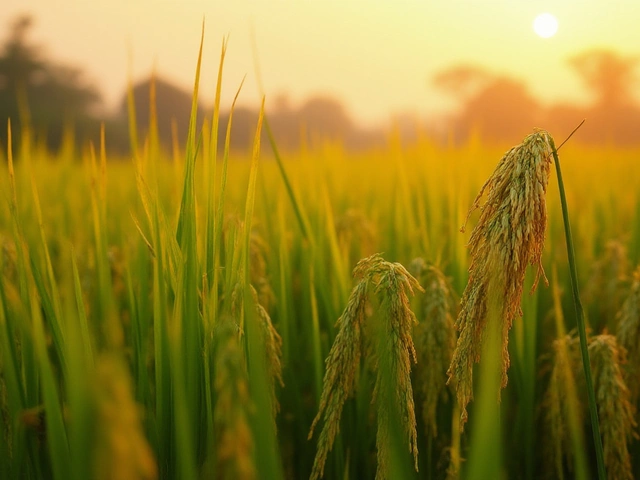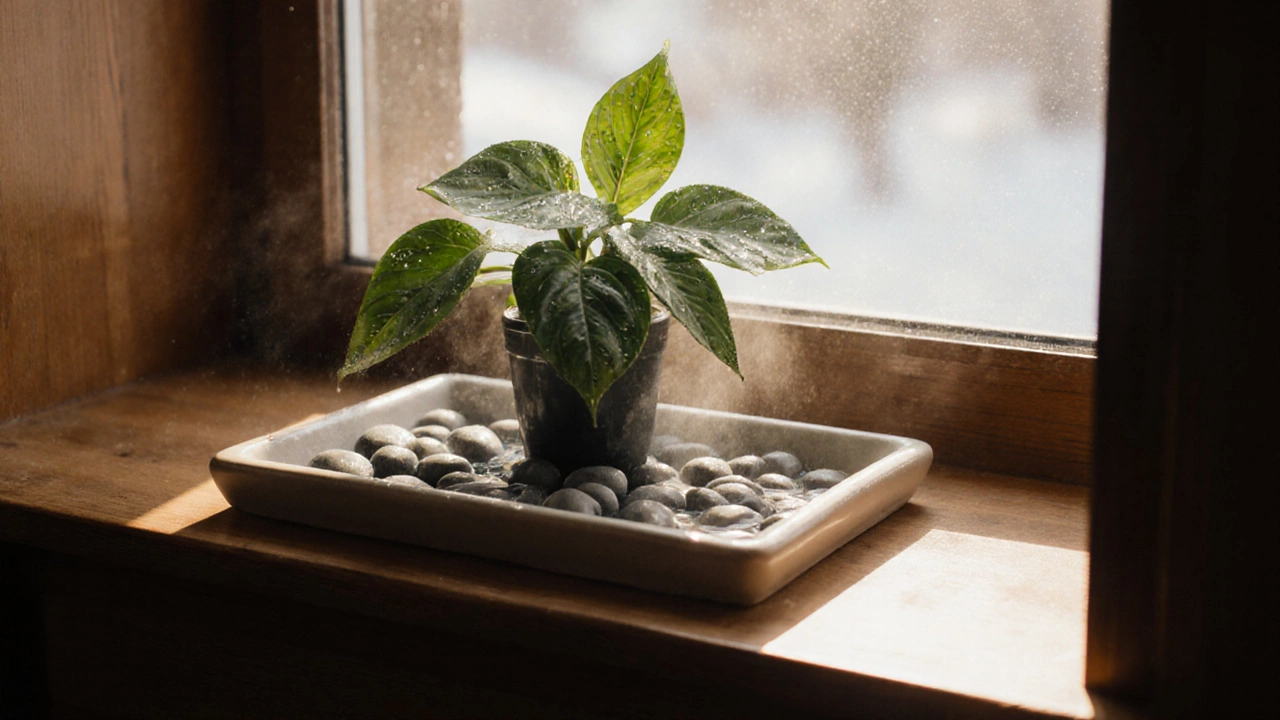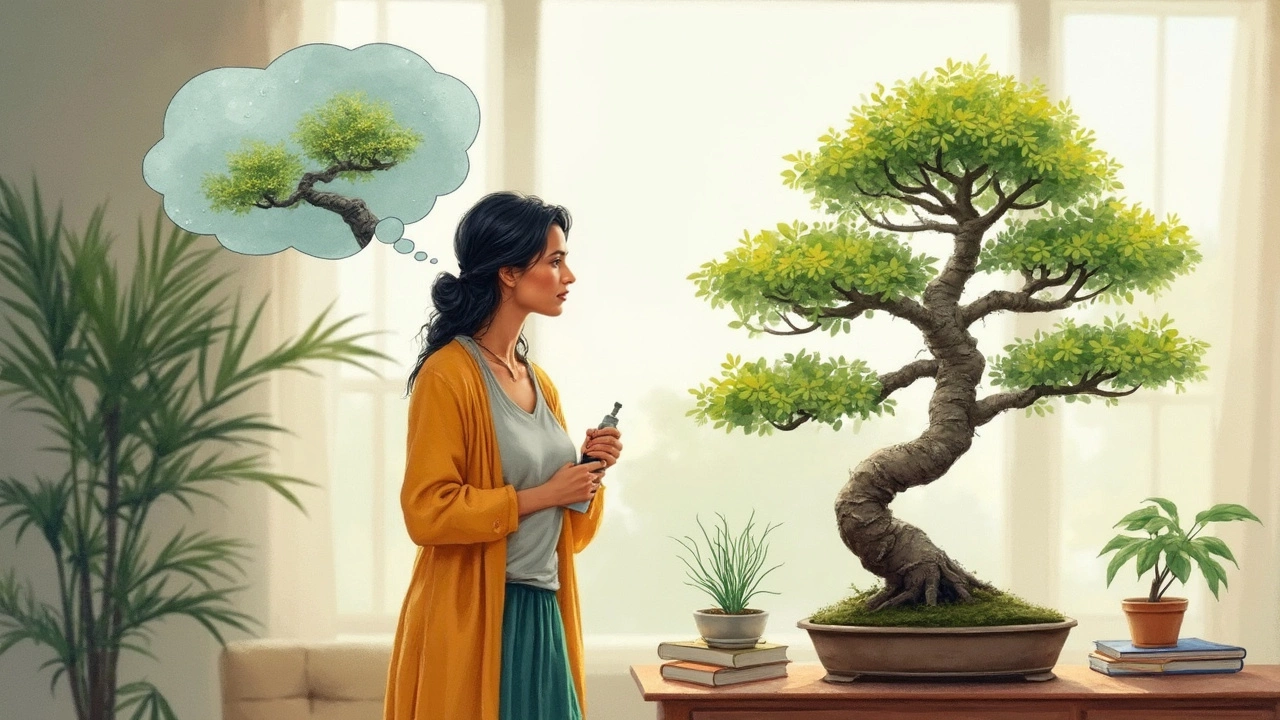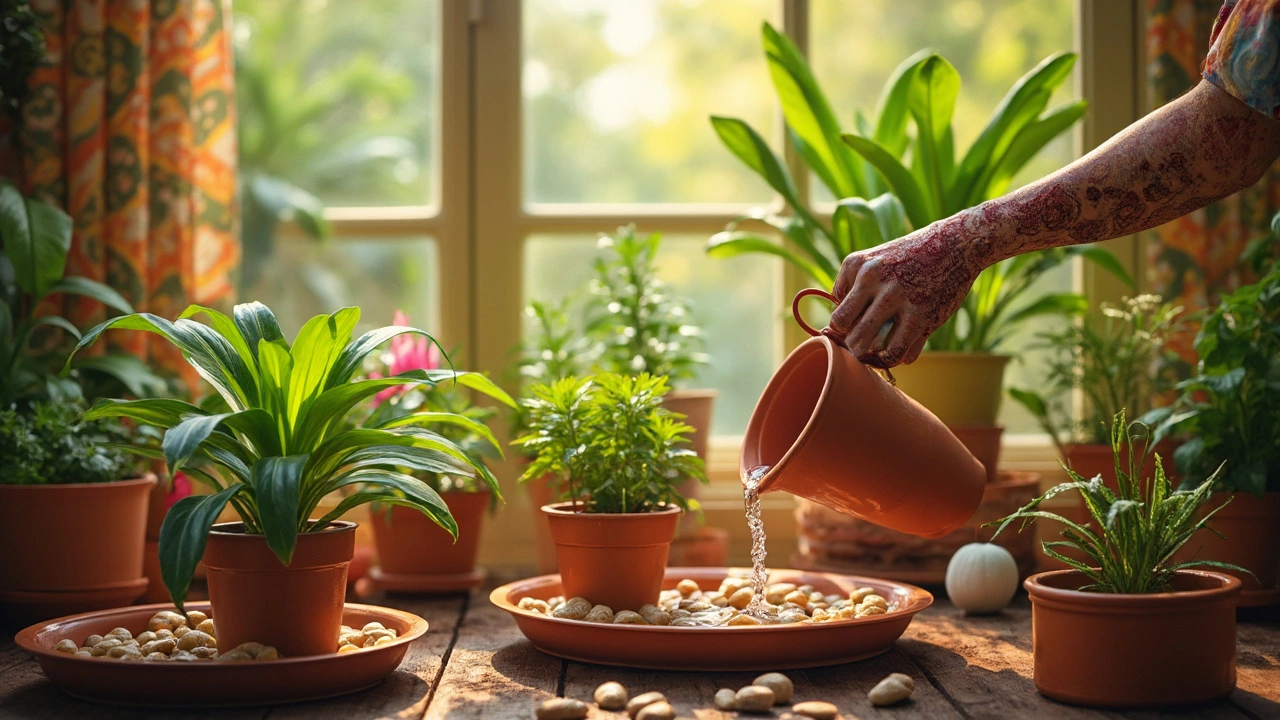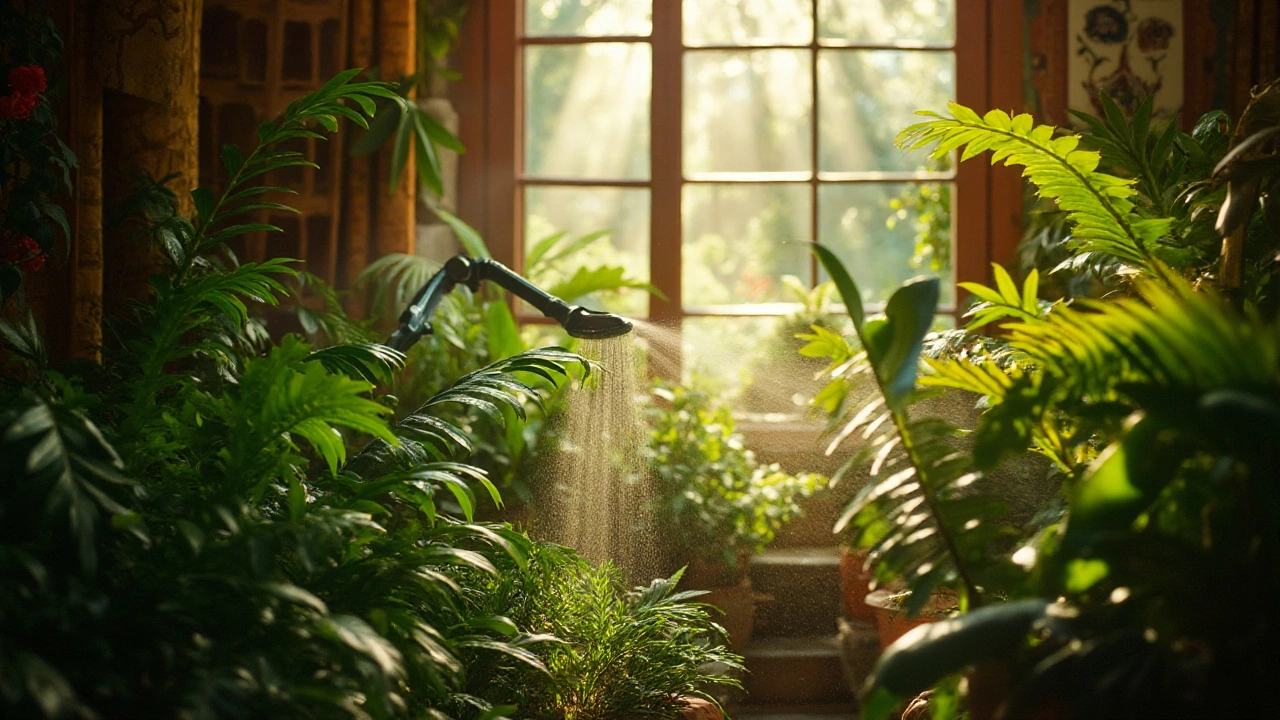Humidity Made Simple for Your Garden and Indoor Plants
Ever wonder why some plants look droopy while others thrive? Too often the culprit is the air around them. Humidity affects how roots absorb water, how leaves breathe, and even how quickly pests show up. The good news? You can control it without expensive gadgets.
First, get a feel for the moisture level in the space where you grow. A cheap digital hygrometer gives you a number in seconds, but even a simple hand‑test works: place a piece of paper in the air for a minute. If it curls up, the air is dry; if it stays flat, humidity is decent. Aim for 40‑60% for most houseplants and 60‑80% for tropical varieties.
Easy Ways to Raise Humidity Indoors
1. Misting – A quick spray in the morning can give leaves a temporary boost. Do it when the sun is out, so the water evaporates gently and doesn’t sit on the leaves too long. Over‑misting can cause fungal problems, so limit it to once or twice a day.
2. Pebble trays – Fill a shallow tray with pebbles, add water, and set the pot on top. As the water evaporates, it creates a micro‑climate around the plant. This works especially well for orchids and ferns.
3. Room humidifier – If you have several humidity‑loving plants, a small humidifier set to 50‑60% does the trick. Keep it clean to avoid mold.
4. Group plants together – Plants release moisture through transpiration. Cluster them in a corner and you’ll get a natural humid zone without any extra effort.
Managing Humidity Outdoors in Indian Climates
Outdoor gardens face the opposite problem in hot, dry months. Mulch is your best friend here; a thick layer of organic mulch keeps soil moisture from evaporating quickly and raises the micro‑humidity near the roots.
Another trick is to plant shade‑giving trees or tall shrubs near moisture‑sensitive veggies. The shade reduces temperature swings, which in turn keeps humidity steadier.During the monsoon, too much humidity can invite rot. Ensure good drainage, raise beds if possible, and prune dense foliage to improve airflow.
Seasonal adjustments are key. In winter, indoor heating dries the air. Turn on the bathroom fan sparingly, and consider moving thirsty plants to a bathroom with a bit of steam. In summer, open windows at night to let cooler, humid air in.
Finally, keep an eye on plant signals. Curling leaf edges, brown tips, or a powdery coating usually mean humidity is off‑balance. Adjust one method at a time so you can see what works best for each plant.
Managing humidity doesn’t have to be a science lab. With a few cheap tools and a few mindful habits, you’ll see healthier leaves, more blooms, and fewer pest problems. Give these tips a try and watch your garden flourish, no matter the season.
What Plants Benefit from a Pebble Tray? A Practical Guide for Indoor Plant Care
Discover which indoor plants benefit from pebble trays and how to use them effectively to boost humidity without overwatering. A simple, affordable fix for tropical houseplants struggling in dry homes.
Should I Mist My Bonsai Tree? The Real Deal on Misting Bonsai
Confused about whether to mist your bonsai tree or not? This article breaks down what misting really does, which bonsai trees benefit from it, and common mistakes to avoid. You'll learn practical methods to keep your bonsai healthy without falling for popular myths. Find out when misting helps—and when it can backfire. Get real, down-to-earth advice on day-to-day bonsai care.
Pebble Tray Care: How Often Do You Need to Fill It?
Pebble trays are a low-effort hack to boost humidity for your indoor plants, but figuring out how often to refill them can be confusing. This article dives straight into when and why you should top off your tray, practical signs to look for, and handy tips to get the most out of this trick. Find out how to prevent mold, over-watering, and common mistakes. Get smarter about keeping your houseplants happy and hydrated, without turning your window ledge into a swamp.
Essential Guide: Indoor Plants That Thrive with Misting
Misting is an important practice for indoor plant enthusiasts looking to create humid environments that replicate tropical habitats. Not all plants benefit from misting, but those that do display healthier leaves and sustained growth. Understanding which plants require misting and how often to do it is crucial. This article provides insights on misting techniques that can transform your indoor garden.
About
Indoor Plant Care, Bonsai Care
Latest Posts


Rare Flowers Found Only in India: Unveiling the Subcontinent's Unique Blooms
By Alden Thorne Jul 7, 2025
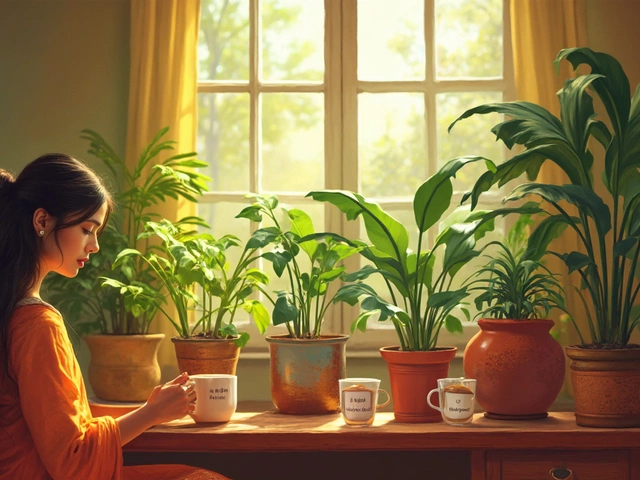
Best Liquid to Water Plants: What Actually Works?
By Alden Thorne May 9, 2025
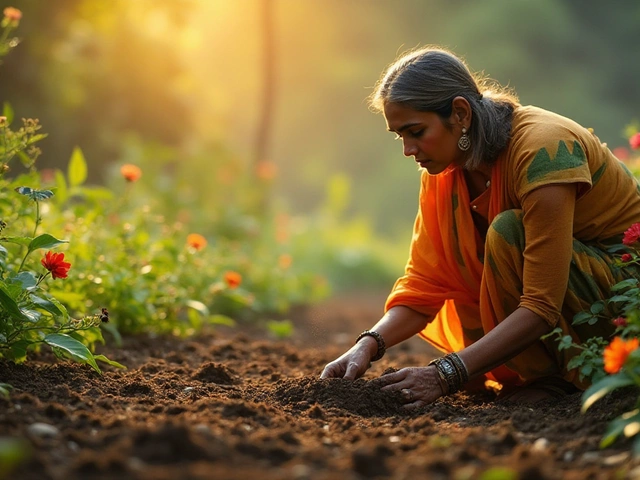
Unlocking the Secrets of Regenerative Gardening for a Greener Planet
By Alden Thorne Nov 24, 2024
